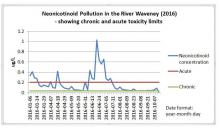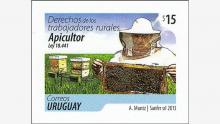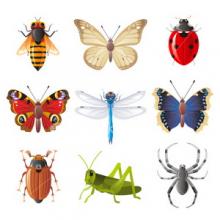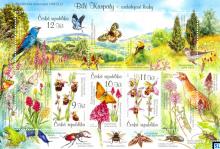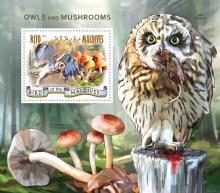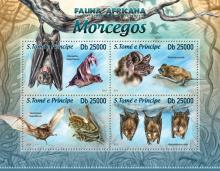Why Insects Are Indispensable
- Read more about Why Insects Are Indispensable
- Log in to post comments
Insects have been on Earth 1,000 times longer than humans have. In many ways, they created the world we live in. They helped call the universe of flowering plants into being. They are to terrestrial food chains what plankton is to oceanic ones. Without insects and other land-based arthropods, EO Wilson, the renowned Harvard entomologist, and inventor of sociobiology, estimates that humanity would last all of a few months. After that, most of the amphibians, reptiles, birds and mammals would go, along with the flowering plants.



